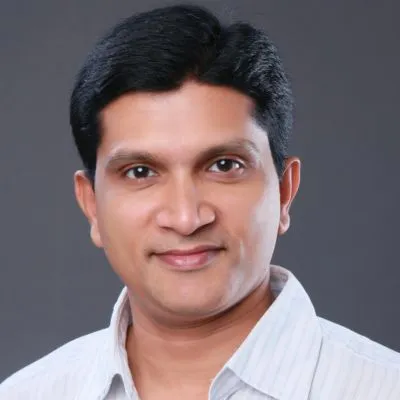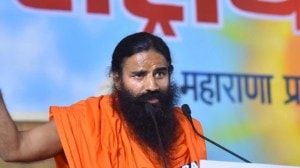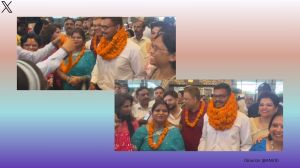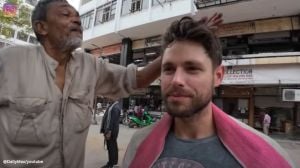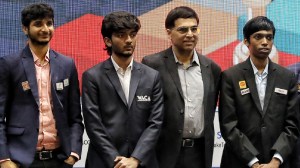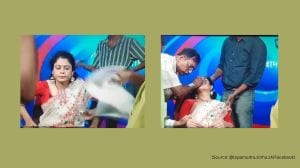- India
- International
Supreme Court flags: TV channels chief medium of hate speech, may lay down guidelines
Why is Govt standing as mute witness, treating it as trivial matter: Bench of Justices Joseph & Roy.
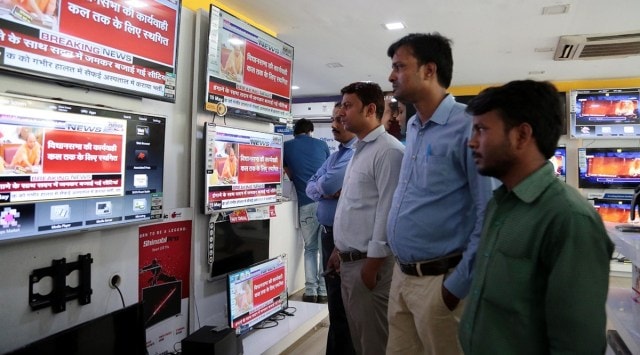 Supreme Court asks government why it was a "mute spectator" to hate speeches on TV debates. (Express Photo)
Supreme Court asks government why it was a "mute spectator" to hate speeches on TV debates. (Express Photo)Expressing its anguish and displeasure over hate speeches via debates on TV channels, the Supreme Court Wednesday called the “visual media” the “chief medium of hate speech” and questioned the government why it is “standing by as a mute witness when all this is happening” and treating it as “a trivial matter”.
Pointing out that “hate speech can be in different forms… sort of ridicule a community” and its spread through the visual media can have a “devastating effect”, the bench of Justices K M Joseph and Hrishikesh Roy, inclined to regulate such debates, asked the Centre to state whether it proposed to come up with any law on the subject.
The bench underlined that “hate drives TRPs, drives profit” and said it will consider laying down some guidelines which will hold the field until the legislature comes up with a law on the matter.
“What… we have in mind, for example, when you conduct an interview, what is important is laying down the methodology. Now the methodology would be: What is the role of the anchor? If the anchor is going to take the lion’s share of the time of the debate, if the question of the anchor is so long, finally the time which is given to the person who is giving the answer is so short. And even in that short period, he is actually run down, he is made into some kind of a rogue,” Justice Joseph said.
“You have to be fair to everyone. So that is what we are interested in saying, apart from the contours of hate speech till it is defined appropriately by the competent legislature,” he said.

The bench was hearing a clutch of petitions on alleged hate speech via some TV shows. The petitioners have sought directions from the court to the Centre to take steps to curb incidents of such speech.
Justice Joseph said the problem will go on “unless there is an institutional mechanism to deal with it”, and “what can be done till the government acts is” to “possibly consider” acting on the lines of the Vishaka case where the top court laid down guidelines to deal with sexual harassment at workplace.
“Let us try and do what we can. We can’t be taking over the powers of the legislature… I think Vishaka is the best model,” he said.
The counsel for the broadcast regulator apprised the bench how it had been acting with regard to the channels, including by levying penalties.
On lines of Vishaka case
The bench asked the government whether it proposed to come up with a law to regulate hate content in TV programmes. It said until a law is brought, it may consider placing guidelines on the lines of Vishaka (against sexual harassment at workplace).
But Justice Roy said “unless the consequences of infringement come hard on the person who is violating, how will the message go? You have passed 4,000 orders. Has there been any effect of the 4,000 orders that you have passed?”
“Hate drives TRPs, drives profit. So this chicken feed kind of a penalty is flimsy. Their pockets will not even get a little tear there,” he said.
Justice Joseph said, “The most important point is where is our nation headed. If it is hate speech that we are actually feeding on, where is our nation headed?”
Turning to the Centre’s counsel, he asked, “What is your stand? Have you filed a counter-affidavit? What is the stand taken by the Government of India? Why is the Government of India standing by as a mute witness when all this is happening?”
“Political parties will come and go. But the nation will endure. The press is a very important institution. Without an independent and totally free press, no nation can go forward. It’s absolutely important that we have true freedom. The government should actually come forward, not to take an adversarial stand but to assist. To say that you have put in place an institution which will be abided by all. What is the problem? Why should the Government of India have a problem with that?” and asked “why do you take it such a trivial matter”.
The counsel said the government had not treated it as a trivial matter. He pointed out that on the previous occasion, the Supreme Court had asked the government to collate information from the states on compliance of some of the court’s earlier directions and added that only 14 states had responded so far.
The court asked the government to submit a response within two weeks with whatever information it had collected and to “clearly indicate its stand with regard to the recommendations made by the Law Commission of India (in this regard) and whether it is contemplating any legislation in terms of the recommendations”.
Advocate Ashwini Upadhyay, who is one of the petitioners, urged the court to issue notice to the Press Council too in case it wanted to examine hate speech in the media.
Justice Joseph said, “We made the reference to this (visual media) because the chief medium of hate speech is apparently through the visual media. In a paper, somebody writes something, nobody reads… Nobody has the time. But visual media has got a power which has been recognised by this court right from the case relating to censorship. The difference between visual media and print media is so clear — that it has got a devastating effect.”
Must Read
Apr 23: Latest News
- 01
- 02
- 03
- 04
- 05











